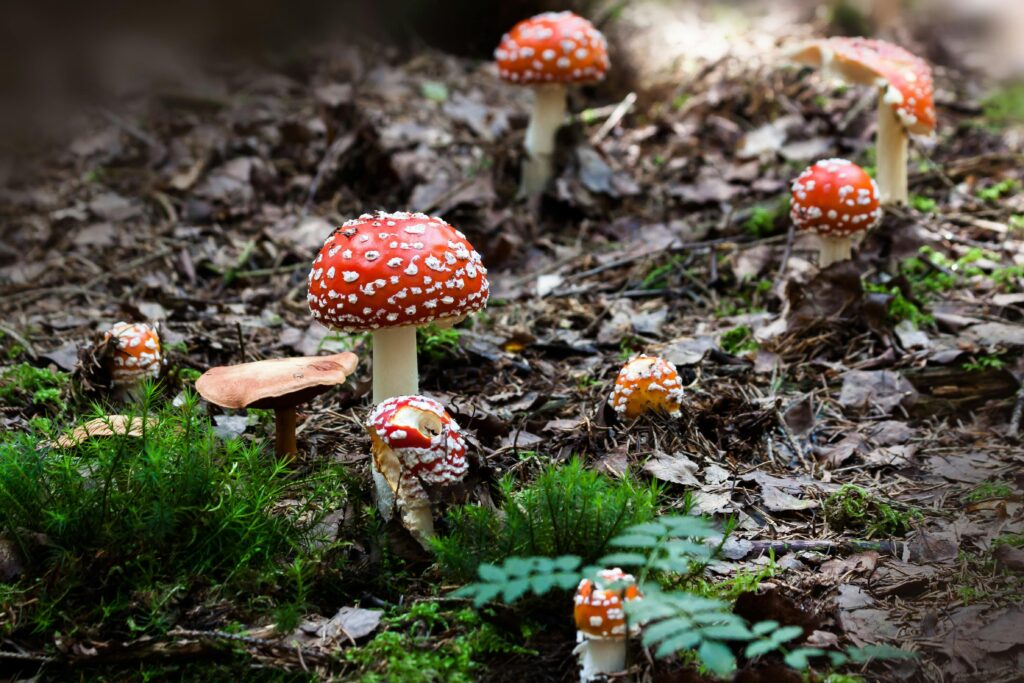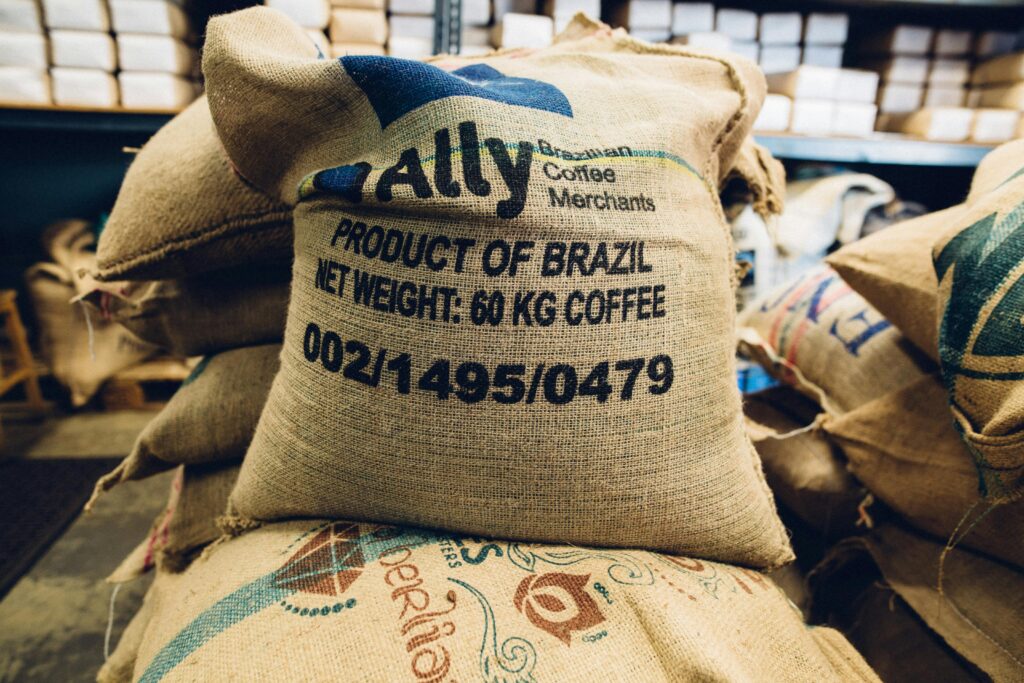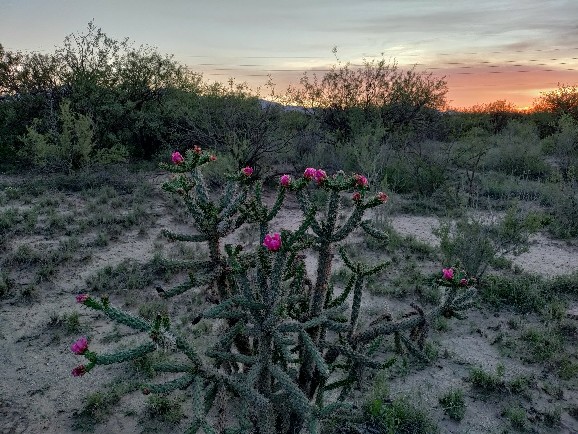The food and agriculture industry (ie. Food Inc.) has a dirty secret. But at least they’re aware of it and are generally proactive about trying to prevent mold and mycotoxin contamination. The building industry has the same dirty secret, but unfortunately they are largely in denial. It’s hard to sell moldy food so there’s incentive to prevent it, even though it’s not always obvious to consumers when food is contaminated with mold or mycotoxins. Buildings are another story. If you wanted to design a mold farm, you couldn’t do much better than some of the most popular building styles. And most consumers and building-code bureaucrats are unaware of these problematic designs.
But today’s topic is food. I say Food Inc. has a dirty secret, but not in the sense that they’re trying to hide it. Of course they’re not advertising it either, but you can easily find information about it if you look. Most consumers just don’t know what they don’t know, so they wouldn’t think to look.

Mold and mycotoxin contamination happens both to organic and conventionally grown food, both farm and home grown food. It can happen pre-harvest or during processing or storage. Visible mold may not be present, but spores and mycotoxins invisible to the naked eye may be. Mycotoxin-contaminated foods have resulted in numerous deaths and countless illnesses. Hundreds of different mycotoxins have now been discovered, with some found to be carcinogenic. Research is ongoing with more details continuously being discovered.
Food deemed unfit for human consumption is sometimes fed to animals. Animals don’t want to eat spoiled food any more than people do. But in a CAFO (confined animal feeding operation) setting they have nothing else to eat. Mold and mycotoxins make animals ill just as they do people. Would you like to eat animal products from sickly or healthy animals? Mycotoxins tend to be stored in the fat and are then transferred to humans when consuming meat, eggs, and dairy products from animals that were fed contaminated feed. If food isn’t fit for human consumption because of spoilage, it isn’t fit for animal consumption either. Scavenger animals can tolerate decaying flesh, but mycotoxins cause problems for lab mice.
Unfortunately, many consumers assume the government is on top of things (If something is being sold, it must be alright… right?), which creates a false sense of security. The FDA and USDA regulate Food Inc. and they allow certain levels of a handful of mycotoxins in food (along with all kinds of harmful ingredients), but what effect is this having on people’s health and what about the hundreds of other mycotoxins? Unconstitutional government involvement in these matters spoils personal responsibility.
One solution is private certifications similar to the successful Non-GMO Project, but for mycotoxins. The USDA’s National Organic Program now has big enough loopholes in it to drive a truck full of chemicals through, as well as hydroponic veggies and CAFO meat. These loopholes have been created by lobbyists from Food Inc. As a result, new private certifications are popping up such as the Real Organic Project and Regenerative Organic Certified. This just illustrates that more government is not the solution – it always results in monied special interests with greater influence than unorganized consumers. Granted, private organizations can be corrupted too, but there’s competition and each one’s survival depends on its reputation. Bureaucracies have completely discredited themselves and they just keep getting bigger, more expensive, and more intrusive. Someone once quipped, “The closest thing to eternal life on earth is a government program.”
Worst Foods
Coffee is so commonly contaminated with mold and mycotoxins that a number of specialty coffee producers have popped up that take extra precautions to prevent contamination and at least one makes the results of their lab tests publicly available to reassure consumers. There’s no way to know the level of mycotoxin contamination without testing. I’ve never heard of any other food brands doing something like this (please let us know if you have!).
Some of the other most commonly contaminated foods are grain (including corn), legumes, nuts (especially peanuts), dried fruit and juice, dairy products, and alcoholic beverages. Can we believe the government that certain levels of mycotoxins aren’t harmful? We know how toxins accumulate in the body until it reaches a breaking point. For those who have reached that point with mycotoxins, even minuscule amounts can cause a reaction.

When I started suffering from toxic mold exposure, I started having multiple food sensitivities. Coffee and dairy were a couple of them. That begs the question: do I react to coffee and dairy or do I react to the mycotoxins in them? Aside from the potentially contaminated grain that may be fed to dairy cows, hay easily becomes moldy.
(This is related to the whole discussion about how toxins cause leaky gut, allowing food particles to pass through intestinal walls, with your body then identifying the food as a foreign invader, which triggers an immune response and then results in a noticeable reaction whenever you eat that food. But we’ll save that discussion for another time.)
For those who are hypersensitive to mold toxins, diligence in keeping them out of your diet is an obvious necessity. For everyone else, it’s obviously prudent to minimize toxin exposure. They say that the typical level of mycotoxins in food – aside from instances such as when around 100 adults died from it – are much lower than typical exposure in a water damaged building or vehicle. Most people will recover quickly from short-term exposures. Long-term exposure is much more difficult to recover from.
How Do You Know?
That’s a good question. I don’t personally know anyone with lab equipment to test mycotoxin levels and you’re not going to send your groceries to a lab before eating them. I think it’s wise to take a cautious approach with the most commonly problematic foods mentioned above, as well as any others that are suspect, and it’s not difficult to test yourself. But many of us were never trained to be in tune to our body and what we expose it to.
Simple awareness is the first step. Inspecting your food is easy enough. When I eat nuts and seeds (eg. sunflower seeds), I have occasionally eaten one that leaves a foul taste in my mouth. What I have started doing is inspecting them while I’m eating them and when I see an off color one, I don’t eat it. I haven’t had any bad experiences since I’ve been doing this. Simple observation can help avoid other bad food as well.
Also, pay close attention to how you feel after eating the most commonly contaminated foods. Sometimes you feel reactions immediately, but it can also take up to a few days. Keeping a journal of any symptoms you notice is very helpful. That makes it easy to compare results over time. Symptoms aren’t always consistent, but this will give you a pretty good idea if something might be a problem for you.
If you identify a potential problem food, the final nail in the coffin is to eliminate it from your diet for a few weeks and then pay close attention to how you feel for the next few days after you reintroduce it. Repeat as necessary until you’re convinced one way or the other. If something turns out to be problematic, you may want to consider whether the problem might be with a certain brand and whether there might be better options.
I think this topic brings up another reason to grow your own food, at least as much as is feasible. When you grow your own, you know how it’s grown, what kind of chemicals were used (or preferably not used), and how it’s processed. The fresher the food you eat, the less chance it has of going moldy and the more nutritious it is.



